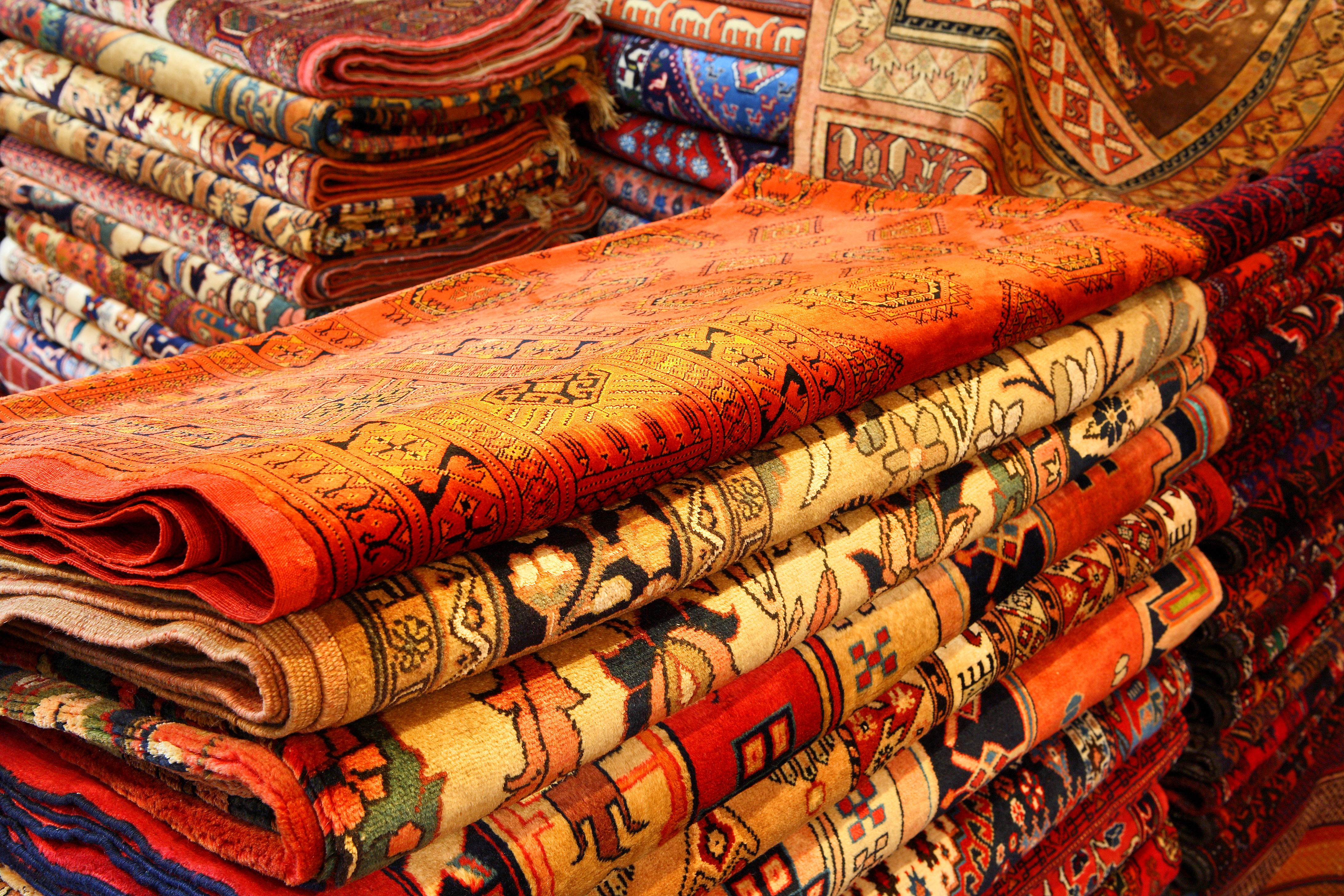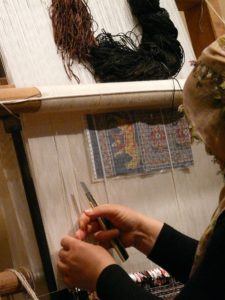
Persian Rugs
Oriental rugs have gained a lot of success, due to the quality of their fabulous woven fabrics and beautiful motives. But, most of all, it is the Persian rug that is the most recognised of all carpets. They are often considered as a valuable piece of art. Their fabrication technique, known all over the world for centuries, is still passed from generation to generation.
Each Persian rug is unique, the fibre and their colors are chosen according to its specific design. Each carpet is woven by hand and finish to perfection. Its can then be fully appreciated by collectors when being displayed on a living room floor or wall.
The origin of Persian rugs
When the first Persian rug was created, at that time, Iran was called Persia. Persia was the birth place of these magnificent carpets. Geographically situated between the Orient and Occident, Iran had the privilege of being on the Carrefour of tradition and innovation. The Silk Road “Route de la soie” also passed through this territory; in doing so it brought with it a large variety of different cultures and merchandise for centuries.
Crude oil might have been a most important source of revenue for the country, however, for the Iranian people, the fabrication of Persian carpets remain an especially important and essential activity for them.
Persian rugs represent a tradition and a way of living for many Iranian. These rugs can be found in many homes around the world.
The weaving looms
The real Persian rug is handmade, on a weaving loom. There are two types of weaving looms:
1- the horizontal weaving loom: it is the more primitive of the two. It is composed of two wooden bars separated by wool threads. It is mostly used by nomads because it is the easiest to carry from place to place.

2- the vertical weaving loom: this tool is used in small production centres. It is fixed to the ground and the weaving starts from the bottom up. The Tabriz weaving loom is the latest modern version and it is used in Iranian’s larger production centres. This weaving loom allows the fabrication of much larger carpets.
The weaving of a Persian rug could last many months, even years for some larger sized carpet and very complex motive. The last part of the fabrication is given to a different artisan called a “finisher” with very specialized skills.
The fibres
The main fibres used in the fabrication are wool and cotton. Cotton is used as a base. The best quality wool is called Kurk and the least is called Tabachi. To enhance the motives, the artisans often use silk. The most precious carpets are made of wool velvet and silk.
For the maintenance, Persian rug cleaning requires particular skills because of the fragility of the fibre. It is therefore strongly suggested to contact specialists of Persian rug cleaning. They will give your carpets their original beauty and lustre.
The colours
The quality of a Persian rug can often be evaluated by the natural colors used in dying the fibres. A well trained person will know: the natural colors evolve and change with time compared to synthetic dyes. Natural dyes originate from either vegetal, animal or minerals. For example, indigo leaves will produce a beautiful blue colour; vine leaves and saffron spice will produce a rich yellow colour. The garance plant root, the pomegranate and even the insect called “cochenille” produces different shades of the red colour. Some nomads will use camel hair to produce the black colour.
The Designs
The origin of a Persian rug can be recognized by its design. Each area, every city has its own particular designs. They all have a symbolic value, whether it is flowers, animals or geometric motives. The most recognizable of these motives is the almond shape “Boteh motive”. Each motive is first designed by an artist, and then it is bought by a master artisan and finally reproduced into a magnificent carpet.
The Knots
Two different knots are used in the fabrication of a Persian rug, the ghiordes (turkbaf) and the senneh (farsbaf).The first originated in Turkey and the second came from Persia. For the ghiordes knot, the piece of fibre fits around two threads; it is used to give a thicker result. For the senneh knot, a complete circle is made with the fibre on only one thread. This is used to give a much tighter knot.

The price of a Persian rug depends on the quality of the knot. A high quality Persian carpet can have a count of 10 000 knots per square decimetre!



No Comments